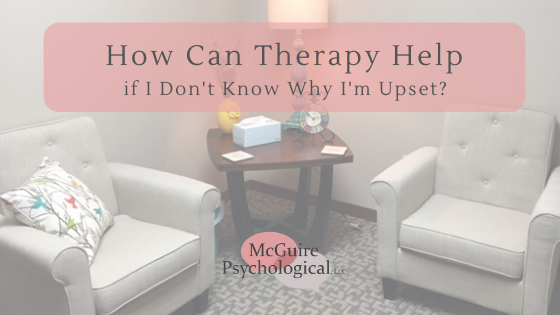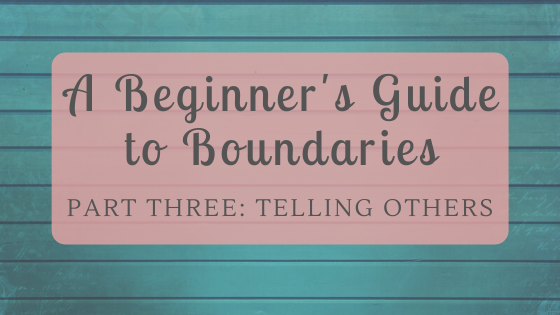
It is severe weather season in southwest Missouri, and it represents a season of increased worry for many in the area. The possibility of thunderstorms and, particularly, tornadic activity has been frightening for a long time; however, for residents of Joplin and the surrounding area, this experience was made all the more frightening by the events of May 22, 2011. Coping effectively during times of high distress is an important component of overall mental wellness becomes an invaluable resource during severe weather events which may serve as triggers for previous catastrophic situations. If you find yourself struggling this storm season to manage fear or worry associated with severe weather, there may be steps you can take to navigate the experience with less distress.
- Give yourself permission to feel afraid. Severe weather systems can be dangerous and should not be underestimated. It is perfectly appropriate to feel frightened and to allow that fear to support you in your efforts to ensure safety the best you can. When we acknowledge we are feeling afraid, we begin to work with our fearful brain instead of fighting against it, and that can make all the difference in our ability to form a healthy response.
- Breathe. Remember that in times of high stress, our bodies begin to prepare for survival through a system built for fighting against or escaping from threats. When we breathe deeply and evenly, we communicate to our frightened brains a message of calm and an opportunity for focus. We need those things desperately in instances which may require thoughtful and strategic action in order for us to be safe.
- Look around. When we are feeling overwhelmed, our brains naturally scan for indicators of threat. In order to remain in control of our fear-soaked brains, we must also look for indicators of safety. We cannot guarantee a dangerous storm will not happen, but what can we do? We can check in with trusted sources for weather information in order to accurately assess our current level of risk. We can look for safety resources available to us and take steps to ensure they are gathered in a safe location. We can find reassurance in noticing the steps we have taken thus far to seek safety for ourselves and our nearby loved ones.
- Seek out support. No matter what difficulties we are experiencing, it can help to know we don’t have to go through it alone. Let someone close to you know you are feeling unsettled by the weather – it can help just to say it. Sometimes having a familiar voice on the other end of a call or simply knowing they are there with you by text can be a reassuring experience while we make our way through a potentially dangerous experience. If you need help to feel calm, to focus your thoughts, or to talk through steps to take, reach out to someone you trust and let them know what you need. They may be needing you, too.
In a season that can feel a little out of control, it is important to remember and focus on what we can control. We can take steps to promote safety, we can be aware, and we can focus on our physical and mental well-being amidst difficult situations. We can also notice and appreciate the beauty of spring while we navigate its potential risks. And we can support and care for one another before, during, and after a severe weather event. Happy Spring!







